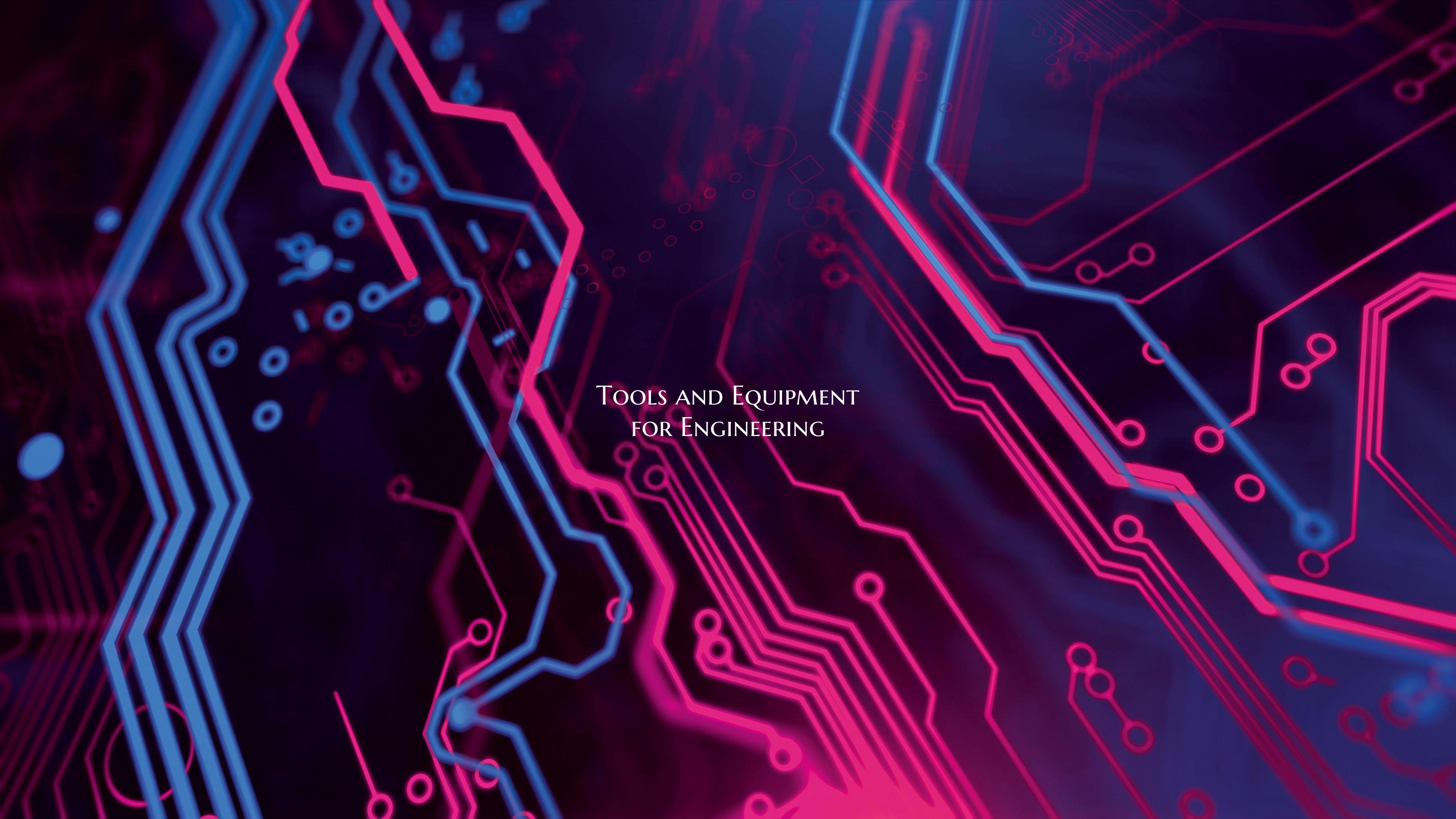Tools and Equipment for Engineering
Engineering is a diverse and complex field that requires various tools and equipment to execute tasks efficiently and accurately. Whether it is designing, analyzing, or constructing structures and systems, engineers rely on a wide range of tools to bring their ideas to life. Here are some essential tools and equipment commonly used in engineering disciplines:
1. Computer-Aided Design (CAD) Software: CAD software is a crucial tool for engineers to create detailed 2D and 3D models of products, structures, and systems. It allows engineers to visualize and simulate their designs before moving to the manufacturing phase.
2. Engineering Software: Apart from CAD software, engineers use specialized software for tasks such as finite element analysis (FEA), computational fluid dynamics (CFD), and project management. These tools help in optimizing designs, analyzing performance, and managing projects effectively.
3. Measuring Tools: Engineers heavily rely on measuring tools like calipers, micrometers, rulers, and tape measures to ensure precision and accuracy in their designs and dimensions. These tools are essential for taking precise measurements and verifying compliance with specifications.
4. Prototyping Equipment: Prototyping equipment such as 3D printers, CNC machines, and laser cutters are instrumental in creating physical prototypes of products and components. Rapid prototyping helps engineers test and validate designs quickly, leading to faster product development cycles.
5. Testing and Inspection Tools: Engineers use a variety of testing and inspection tools like multimeters, oscilloscopes, and thermographic cameras to verify the functionality and performance of systems and components. These tools help in diagnosing issues, troubleshooting problems, and ensuring quality control.
6. Safety Equipment: Ensuring safety is paramount in engineering projects. Engineers use personal protective equipment (PPE) such as helmets, gloves, goggles, and safety footwear to protect themselves from hazards in the workplace. Additionally, engineering projects may require specialized safety equipment such as fall protection gear and chemical-resistant clothing.
7. Power Tools: Power tools like drills, saws, grinders, and impact wrenches are indispensable for construction and fabrication tasks in engineering projects. These tools help in cutting, shaping, and fastening materials with speed and precision, saving time and effort.
8. Data Acquisition Systems: Engineers use data acquisition systems to collect, store, and analyze data from sensors and instruments in various applications such as monitoring structural health, measuring environmental parameters, and controlling industrial processes. These systems enable engineers to make informed decisions based on real-time data.
In conclusion, tools and equipment play a vital role in the field of engineering, enabling engineers to design, analyze, and construct complex systems and structures with precision and efficiency. By leveraging the right tools for the job, engineers can innovate, solve problems, and push the boundaries of what is possible in the world of engineering.

